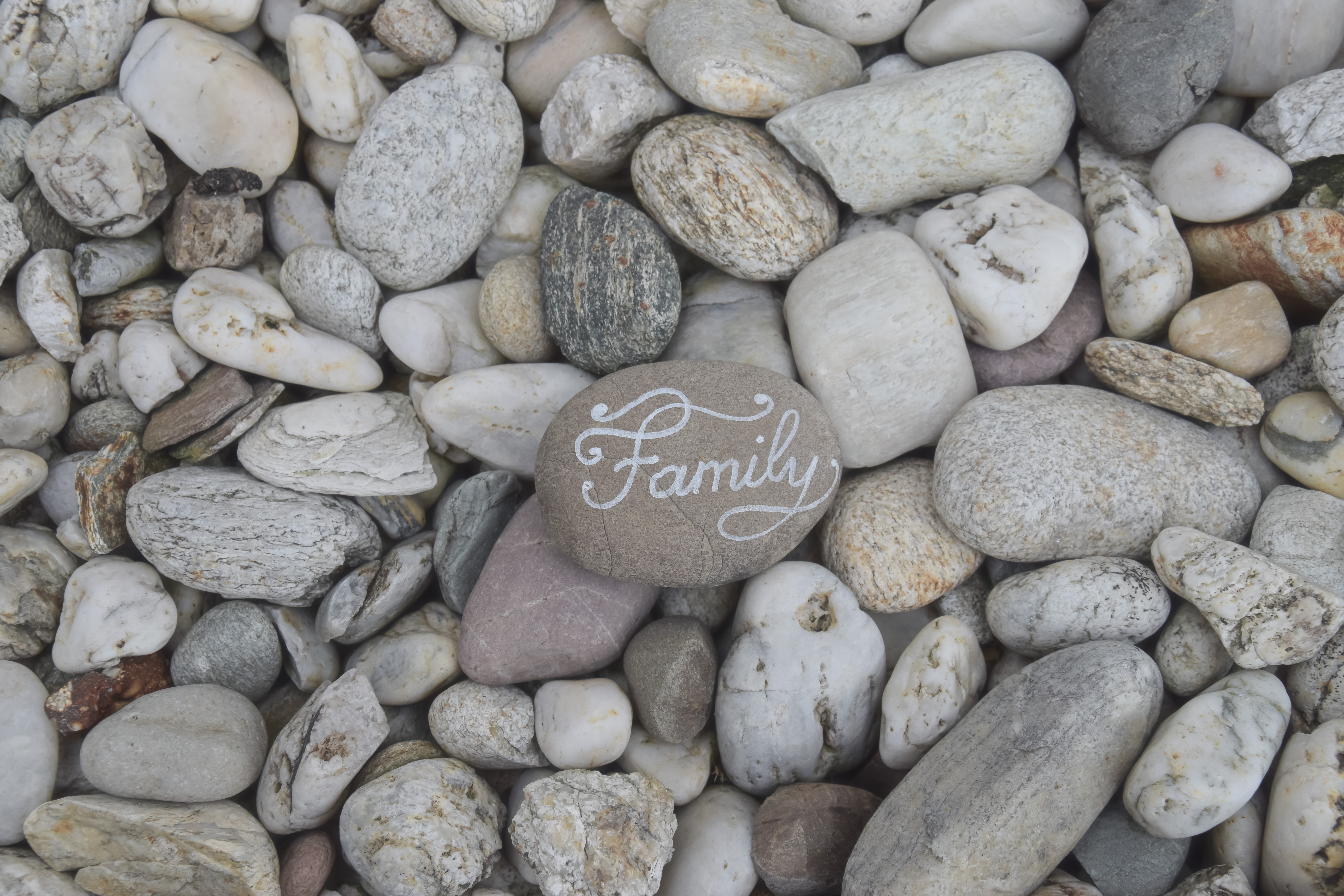
An act of remembrance: Setting a stone
Walking around Beechwood Cemetery, you cannot help but notice the many objects left on or around the headstones. Each cultural community shares its own unique traditions. The most common item found on headstone is a stone.
Placing a stone on a gravesite is an ancient practice that originates in prehistoric times. For thousands of years, people were buried in tombs or directly in the earth where they had fallen. Stones were then rolled in front of a tomb as a way of sealing it from scavengers and keeping evil spirits from escaping out into the world.
We can also understand that the original purpose was to pile large rocks on top of a grave to prevent animals from digging up a corpse. Over time, the amount of rocks and their placement on the grave became a status symbol, with larger piles indicating people of status or important community members.
Over time, the practice of digging deep graves, using caskets and placing monument gradually replaced piling mounds of rocks, however the symbolic tradition remained and can be found in cultures around the world.
When stones were placed on top of the usually shallow grave, these stacks of stones are commonly referred to as cairns. Although a Scottish Gaelic word, cairns can be found all over the world and vary in size from a few rocks to man-made hills. Cairns were built not only as funeral monuments, but also for ceremonies and defense.
Another reason stones were left on the grave was based on an Eastern European folkloric belief that the dead could haunt their burial place, or return to their family and cause trouble. Stones were used to prevent the deceased from rising up and escaping the body as a spirit, to torment others.
The placing of a stone is most associated with Jewish customs and traditions. It is a Jewish custom to place a stone on a monument to indicate that the grave has been visited and that the deceased has been respected. Leaving a stone of remembrance is viewed more as a way of continuing this tradition of commemoration.
The more stones found at a grave, the more the deceased has been visited and remembered by others. The stones are eternal and can be a symbol for the everlasting bond or love for the deceased by the visitors. In more recent years, many people choose to paint rocks that they bring to the cemetery.
These rocks often have inspirations words or painted images that are meaningful to both the person and the deceased. These painted rocks are a great way to help children (and people of all ages) with the grieving process and provide a tangible object to represent their mourning and love of the deceased.
The tradition of placing a stone at a monument can be found around the world, in many more cultures than listed above. Regardless, it is a tangible way to show the community that the person remains in people thoughts and hearts, that the person is not forgotten. Ultimately, the placing of a stone is the oldest and simplest act of remembrance.

